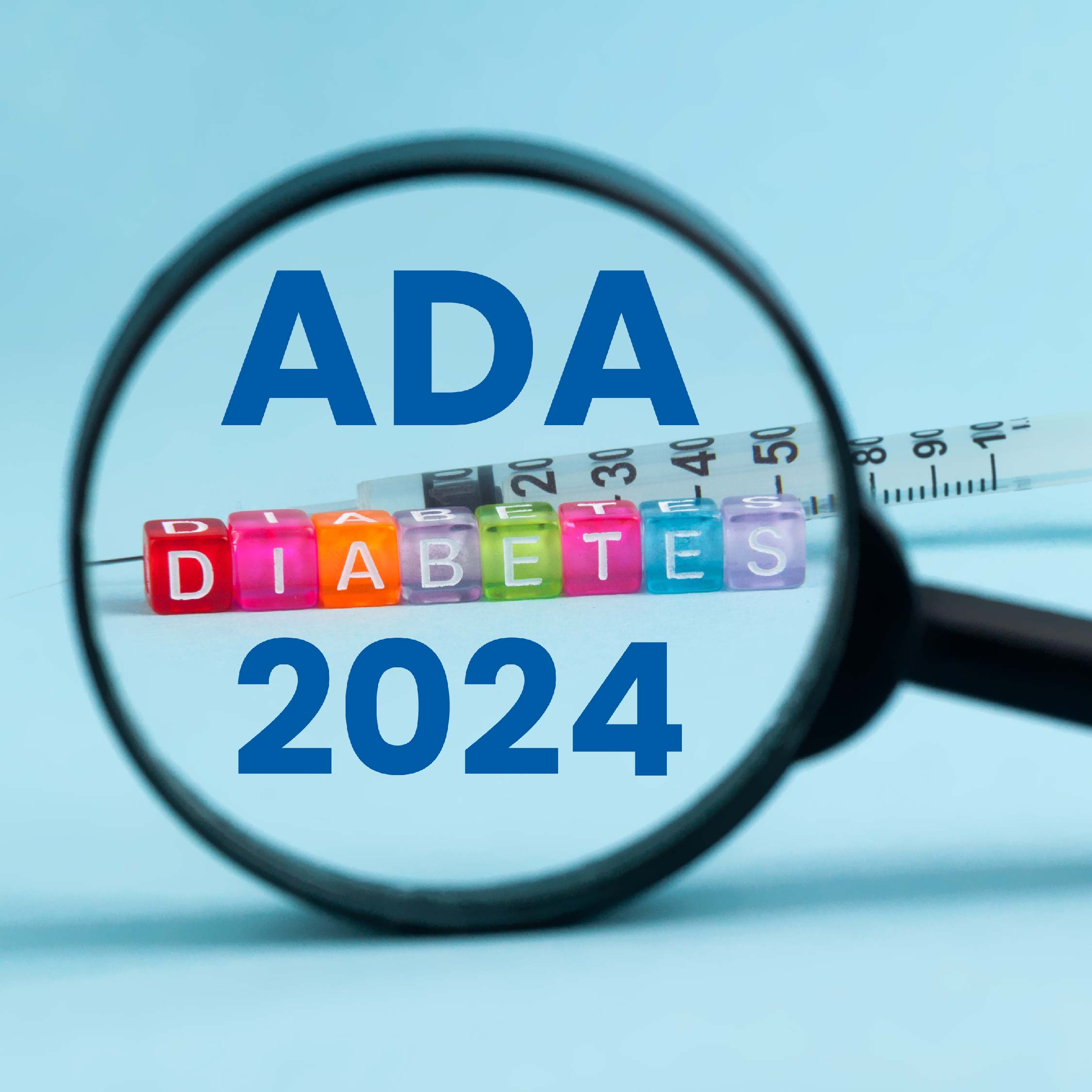Primary and Secondary Outcomes of the Women's Ischemia Trial to Reduce Events in Non- Obstructive Coronary Artery Disease
Speaker: Dr. Eileen M. Handberg
Key Highlights
Introduction:
Approximately half of women with ischemia have increased rates of major adverse cardiovascular events, poor quality of life, and higher health care utilization, despite having ischemia with no obstructive coronary disease (INOCA) when referred for coronary angiography. Current guidelines focus on symptom and risk factor management, while pilot studies suggest benefits from intensive medical therapy with high-intensity statins and maximally tolerated ACE inhibitors or ARBs. The Warrior study hypothesized that over five years, intensive therapy would reduce the primary outcome—the first occurrence of all-cause death, MI, stroke, or hospitalization for worsening angina or heart failure—by 20% compared to standard care.
Aim:
To evaluate whether IMT, including aggressive lipid-lowering, blood pressure control, and angina symptom management, improves outcomes in women with INOCA.
To compare MACE occurrence between IMT and usual care groups.
To analyze quality of life improvements, treatment adherence, and potential impact on cardiovascular risk markers.
Methods:
-
It was a multicenter, prospective, randomized, blinded outcome evaluation trial.
-
Included 2,476 clinically stable women with angina and INOCA.
-
1,239 were assigned to IMT.
-
1,237 were given usual care.
-
The study population mainly consisted of:
-
Older, white, overweight, postmenopausal women.
-
Well-controlled baseline blood pressure and LDL levels.
-
Common comorbidities: hypertension, hypercholesterolemia, diabetes, and a history of smoking.
-
Many participants were already on statin and ACE or ARB therapy at baseline.
-
Primary and secondary outcomes were compared over 5 years.
-
Secondary outcomes included: Quality of life, time to return to work, healthcare utilization, angina, CV deaths, and total events.
Results:
The primary outcomes showed no difference between the 2 groups. Rest of the outcome results are given in the table below:
|
Category |
Details |
|
Follow-Up for Major Adverse Cardiovascular Events (MACE) |
Median follow-up: 3 years (Range: 0 to 5 years) |
|
Event Rate (5-Year Period) |
17% overall- IMT Group: 17.8%- Usual Care: 16.17% |
|
Statistical Analysis (MACE) |
Unadjusted Cox Proportional Hazards Regression (stratified by site): No significant difference |
|
Kaplan-Meier Plots (MACE Components) |
Not significantly different between IMT and Usual Care groups (Plots not shown) |
|
MACE Event Drivers |
Hospitalizations for Angina were the primary drivers of events |
|
Prespecified Analyses |
No significant difference in primary outcomes based on:- Baseline characteristics- Baseline risk factors and medications- SAC-7- Age |
|
Cox Regression Analysis (CCTA vs. Angiography) |
No statistical significance for interaction (p-value = 0.065) |
|
Win-Ratio Analysis |
Neutral outcome (incorporating angina quality of life in composite outcome) |
|
Expected Contamination (Warrior Trial) |
Up to 30% contamination in both groups anticipated:- Usual Care Group: Expected to take some IMT meds (high-intensity statin, ACE/ARB, low-dose aspirin)- IMT Group: Some would not adhere to assigned IMT meds |
|
Observed Contamination |
- 16% of Usual Care patients received IMT medications- 52% of IMT patients not adherent to assigned strategy |
|
Adherence Over Time |
IMT adherence declined in both arms over time |
|
Sensitivity Analysis (Contamination) |
Weighted Cox Proportional Hazards Regression Model estimated hazard ratio (Details not fully provided) |
Conclusion:
The Warrior trial highlights the necessity of acknowledging INOCA as a significant condition that needs specific treatment. By targeting a demographic frequently neglected in cardiovascular studies, the trial seeks to close the care gap and offer proof for successful management techniques for women experiencing ischemia without obstructive coronary artery disease. The trial’s findings could significantly impact how women with INOCA are diagnosed and treated, potentially leading to new guidelines and standards of care.
The Effect of Once-weekly Subcutaneous Semaglutide on Functional Capacity in People with Type 2 Diabetes and Peripheral Artery Disease: Primary Results from the Phase 3b, Randomized, Placebo-Controlled, Double Blind Stride Trial
Speaker: Dr. Marc P. Bonaca
Key Highlights
Introduction:
The complex pathophysiology of Peripheral Artery Disease (PAD) involves inflammation, cardio-metabolic risk and vascular dysfunction which might further progress into atherothrombosis and microvascular complications. Though the current therapies (SGLT2 inhibitors and GLP-1 receptor agonists) are recommended in the PAD guidelines, neither of the therapies show PAD-specific benefits. Cilostazol, which is the latest approved drug for functional impairment, has limitations but is shown to improve walking distance moderately. STRIDE explores whether Semaglutide, which is a GLP-1 receptor agonist, can show improvement in symptomatic PAD patients who have type-2 diabetes.
Methods:
STRIDE recruited 792 patients with PAD and type 2 diabetes who experienced claudication, randomizing them to Semaglutide (1 mg weekly, subcutaneously) or placebo. Outcomes were measured six months, one year and five weeks post treatment in the form of a constant-load treadmill test at baseline. The patients with unstable cardiovascular conditions or planned revascularization were excluded. The quality of life, symptoms, biomarkers, hemodynamics, and clinical outcomes were also examined.
Results:
The outcomes for both the groups are given in the table below:
|
Category |
Placebo Group |
Semaglutide Group |
Difference / Outcome |
|
Maximum Walking Distance |
No significant improvement mentioned |
Statistically significant increase - Median difference: 26 meters - Mean distance: 40 meters - Clinically meaningful improvement (>20 meters on a 12% grade) |
Significant improvement in walking distance compared to placebo (p-value: 0.0002) |
|
Weight Change |
Not specified (likely minimal change) |
Net weight loss of ~4 kg |
Weight loss observed with semaglutide |
|
Correlation Between Weight & Walking Distance |
Not mentioned |
Weak relationship (Correlation Coefficient: 1.12 to 0.14) |
Weight change did not explain the primary benefit of semaglutide |
|
Primary & Secondary Outcomes |
No specific improvements mentioned |
Significant improvement in: - Pain-free walking distance - Quality of Life (VASQ-Qual-6, SF-36) - Ankle-Brachial Index |
Superior outcomes with semaglutide |
|
Composite of Progression Clinical Outcomes |
Event Rate: 8% to 9% despite background therapy |
54% lower hazard of progression to revascularization, adverse events, or death |
Significant reduction in disease progression with semaglutide |
|
Overall Benefit |
Standard care or minimal effect |
Consistently beneficial across subgroups regardless of age, sex, BMI, HbA1c, etc. |
Clear advantage for semaglutide in all measured outcomes |
Conclusion:
Semaglutide is the first medication for peripheral artery disease (PAD) and type 2 diabetes that has been shown to decrease major adverse cardiovascular events (MACE), enhance kidney function, positively affect cardiometabolic health, and boost walking ability, symptoms, and associated quality of life in this challenging patient group. Therefore, now there is a novel treatment option for peripheral artery disease.
Extended Anticoagulant Treatment with a Reduced Versus Full Dose Apixaban in Patients with Cancer-Associated Venous Thromboembolism: The API-CAT Study
Speaker: Dr. Isabelle Mahe
Key Highlights
Introduction:
Patients with cancer-associated venous thromboembolism (VTE) have a prolonged life expectancy, often spanning months or years. While the risk of VTE recurrence decreases over time, particularly beyond six months, the risk of bleeding remains substantial. Current international guidelines recommend continuing anticoagulant therapy as long as cancer remains active and anticancer treatments are ongoing. However, the optimal anticoagulant dosing regimen beyond the initial six months remains unclear due to the lack of data from randomized controlled trials.
Study Objective:
Given this gap, the API-CAT study was designed to evaluate whether a reduced dose of apixaban (2.5 mg twice daily) is as effective and potentially safer than the full dose (5 mg twice daily) for extended anticoagulation in patients with cancer-associated thrombosis.
Study Design:
-
Type: International, prospective, randomized, double-blind trial.
-
Intervention:
-
Reduced dose apixaban: 2.5 mg twice daily.
-
Full dose apixaban: 5 mg twice daily.
-
Duration: 12-month follow-up.
-
Population: Patients with cancer-associated thrombosis who completed at least six months of anticoagulation.
-
Primary Objective: Assess non-inferiority of reduced-dose apixaban versus full-dose in preventing VTE recurrence.
-
Secondary Objective: If non-inferiority is confirmed, assess superiority of reduced dose in reducing clinically relevant bleeding.
-
Endpoints
-
Primary outcome: Adjudicated recurrent VTE (composite of symptomatic VTE, incidental VTE, and VTE-related death).
-
Secondary outcome: Clinically relevant bleeding (composite of major bleeding and clinically relevant non-major bleeding).
-
Total sample size: 1,722 patients.
Results:
Study Population:
-
The study included a representative patient population undergoing extended VTE treatment.
-
Mean patient age was 67 years.
-
35% of patients had pulmonary embolism (PE) as their index event.
-
Cancer types included breast, colorectal, lung, and prostate cancers, with two-thirds of patients at a metastatic stage.
-
The median time since the index VTE event was 8 months, and the mean duration of study drug use was 11.8 months.
Primary Endpoint:
-
The primary outcome (recurrent VTE) occurred in 18 patients in the reduced-dose group and 24 patients in the full-dose group.
-
12-month cumulative incidence:
-
Reduced-dose group: 2.1%
-
Full-dose group: 2.8%
Recurrent Events: Most recurrent VTE events were symptomatic, including:
-
Deep vein thrombosis (DVT)
-
Pulmonary embolism (PE)
Efficacy Findings: The study demonstrated non-inferiority of reduced-dose apixaban in preventing recurrent VTE.
Safety Outcomes:
-
Clinically Relevant Bleeding
-
102 patients in the reduced-dose group experienced clinically relevant bleeding.
-
136 patients in the full-dose group had clinically relevant bleeding.
-
12-month cumulative incidence:
-
12.1% in the reduced-dose group
-
15.6% in the full-dose group
-
Sub-hazard ratio (HR): 0.75, indicating a 25% reduction in bleeding risk with the reduced dose (p=0.03, demonstrating superiority).
-
Major and Clinically Relevant Non-Major Bleeding: Both major bleeding and clinically relevant non-major bleeding were lower in the reduced-dose group compared to the full-dose group, reinforcing the safety benefits of dose reduction.
Mortality Outcomes: No significant difference in mortality between the two groups.
-
12-month cumulative mortality incidence:
-
17.7% in the reduced-dose group
-
19.6% in the full-dose group
Conclusion:
-
In patients with active cancer who completed at least six months of anticoagulant therapy, extended treatment with reduced-dose apixaban was non-inferior to the full dose in preventing recurrent VTE.
-
The reduced dose significantly lowered clinically relevant bleeding risk, making it a safer alternative for long-term treatment.
-
These findings suggest that cancer patients requiring extended anticoagulation may benefit from a reduced-dose regimen of apixaban, improving safety while maintaining efficacy.
ACC.25, March 29 - 31, 2025, Chicago



